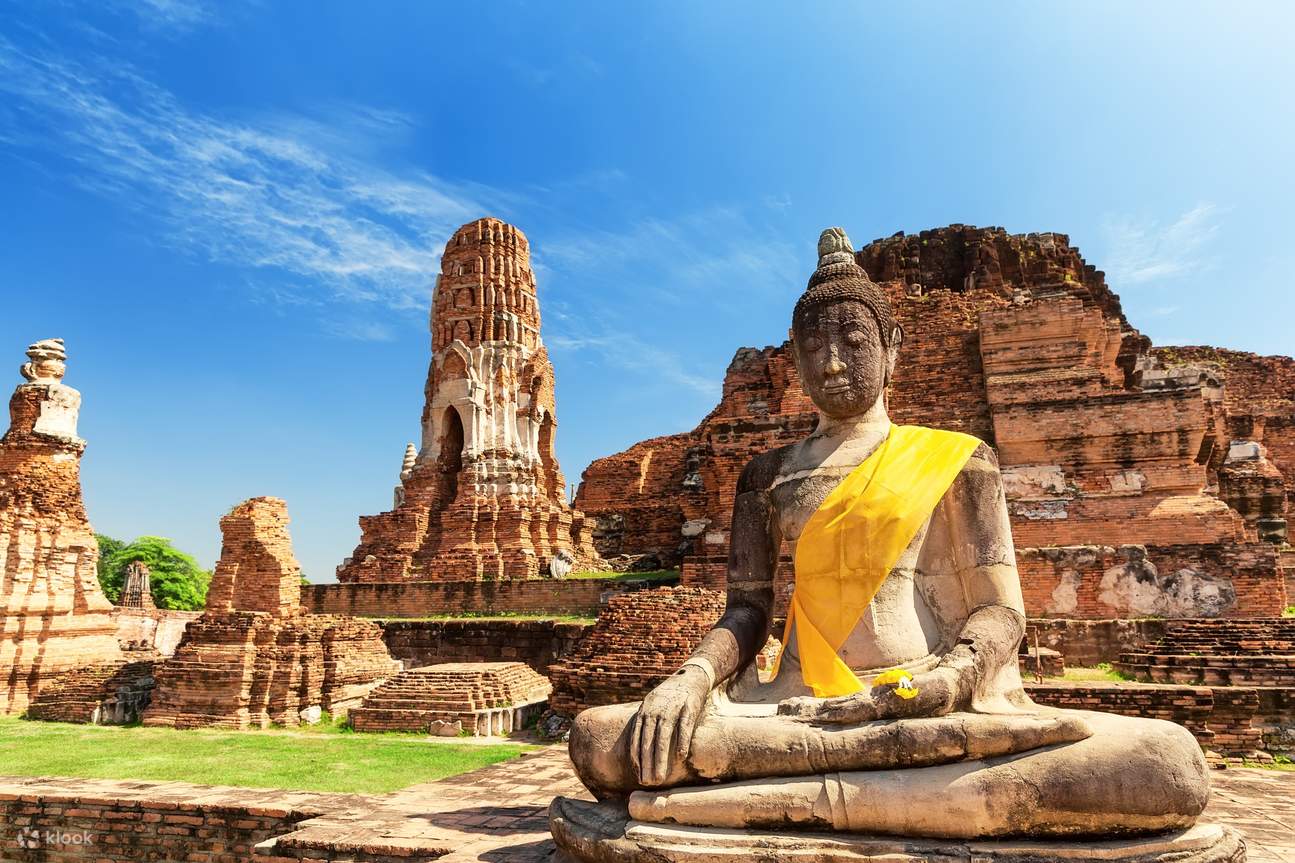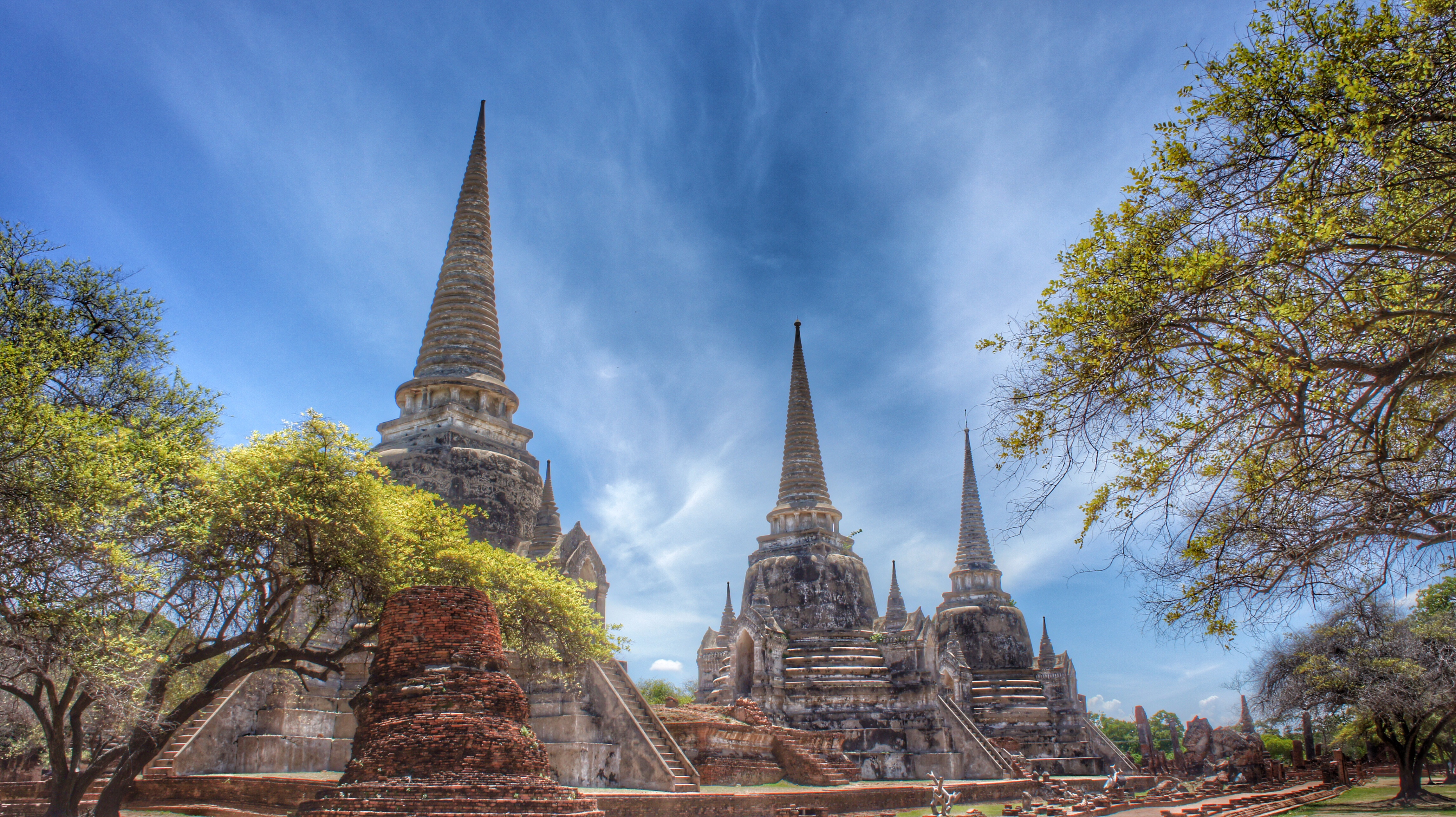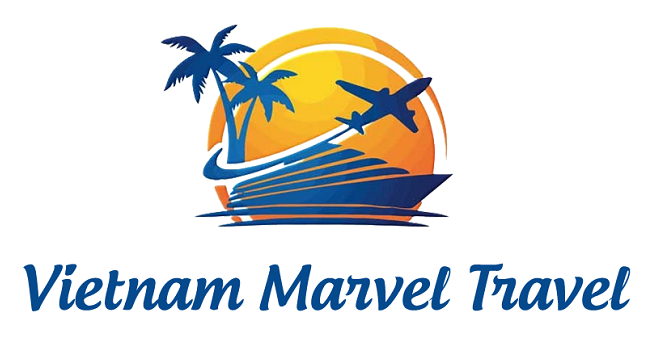Ayutthaya
Exploring Ayutthaya: Where Ancient History Meets Modern Thailand
Nestled just 85 kilometers north of Bangkok lies Ayutthaya, a captivating destination where Thailand’s rich heritage and contemporary culture intertwine. This former royal capital offers travelers an authentic glimpse into the kingdom’s glorious past while providing modern comforts and experiences.
A Living Museum of Thai History
Ayutthaya Historical Park stands as the crown jewel of the region, featuring remarkably preserved ruins from the city’s golden era. Travelers can wander among centuries-old stone temples, impressive Buddha statues, and the remnants of grand palaces—all accessible for a modest entrance fee. The park’s UNESCO World Heritage status underscores its cultural significance.
Sacred Spaces: Past and Present
Throughout the island city, temples tell the story of Ayutthaya’s spiritual legacy. While some remain active centers of worship, many exist as evocative ruins. Although restoration efforts continue, the limited number of resident monks means many historic structures maintain their weathered, atmospheric charm—creating perfect backdrops for photography and contemplation.
Beyond the Ruins
What makes Ayutthaya truly special is how seamlessly it blends historical exploration with contemporary Thai life. Visitors can cycle between ancient monuments in the morning, sample local delicacies at riverside markets in the afternoon, and enjoy the city’s relaxed evening atmosphere as the sunset casts golden light across time-worn stupas.
For travelers seeking depth beyond Bangkok’s urban energy, Ayutthaya offers an essential cultural experience that brings Thailand’s fascinating history to life while showcasing the resilience and evolution of Thai culture across the centuries.
Travel Guide
Transportation to Ayutthaya: Refined Guide
How to Get to Ayutthaya
Ayutthaya is located approximately 85 kilometers north of Bangkok and is easily accessible via multiple transportation options. Travelers can choose from rail, bus, private transfer, or organized group trips based on their budget and preferences.
While Ayutthaya’s grid layout seems straightforward, navigation can become challenging if you miss a turn. When driving, take Highway 309 to the Chao Sam Phraya roundabout before crossing into the city. Highway 309 continues west and becomes Rochana Road, the island’s main east-west thoroughfare. To access Ayutthaya Historical Park from Rochana Road, turn right onto Srisanphet Road, which soon becomes Naresuan Road. U-Thong Road encircles the inner city, running parallel to the rivers.
Alternatively, take the train from Bangkok and hire a tuk-tuk for local transportation. Before agreeing to a half-day or full-day rental, negotiate the price and review all desired attractions with your driver.
Several tour operators offer day trips from Bangkok to Ayutthaya, with many including a scenic boat journey along the Chao Phraya River in one direction. The cruise provides a peaceful experience with views of various ruins and temples along the riverbanks.
Getting Around Ayutthaya
Once in Ayutthaya, you have two primary options for exploring: hire a tuk-tuk with a driver or rent a bicycle for independent exploration.
If choosing a tuk-tuk, you’ll find many waiting at the train station. Expect to pay at least 500 Baht (12.99 USD) for a day tour. Be sure to negotiate the price before hiring the driver. While tuk-tuk drivers typically follow standard routes, it’s beneficial to have your own list of must-see attractions.
For those preferring bicycles, while rentals are available near the railway station, consider taking the ferry across the river and renting from shops on the other side to avoid transporting bikes across the water. Compare several rental shops to find the right fit for you. Bicycles typically cost around 50 Baht (1.30 USD) per day.
For convenience, consider booking through a reputable travel agency that offers group tours. This option provides comprehensive service from pick-up through temple visits, including guidance from knowledgeable tour guides. This approach is ideal for travelers with flexible budgets or limited time.
Best Times to Visit
The optimal period to visit Ayutthaya is from November to January when rainfall is significantly reduced and weather conditions are ideal. Ayutthaya maintains a hot and humid climate year-round with average temperatures around 29°C (84°F). December and January are typically the coolest months, though temperatures rarely drop below 20°C (68°F).
Places Of Interest
AYUTTHAYA HISTORICAL PARK
Step into the heart of Thailand’s golden past at Ayutthaya Historical Park, a UNESCO World Heritage site that once stood as the mighty capital of the Siamese Kingdom. Spanning across a landscape dotted with around 70 ancient temples and ruins, this park offers a soul-stirring journey through time. Massive Buddha statues sit peacefully among towering prangs and weathered stone relics, framed by green lawns and open skies. It’s not just a stop on the map—it’s a living museum of Southeast Asia’s former empire of power, trade, and spiritual devotion. A visit here leaves you with more than photographs—it leaves an impression.

WAT MAHATHAT
Wat Mahathat is one of Ayutthaya’s most iconic and spiritually significant ruins. Once the royal monastery for key religious ceremonies before the construction of Wat Phra Si Sanphet, this temple served as the spiritual nucleus of early Ayutthaya. Its now-collapsed central prang once held a sacred casket of Buddha relics, now preserved at the Chao Sam Phraya Museum. But it’s the image of a sandstone Buddha head gently cradled by the roots of an old banyan tree that draws travelers from around the world. Quietly powerful and carefully protected, this fusion of nature and devotion symbolizes Ayutthaya’s unique magic. Visitors must show the utmost respect—photographs should be taken from a kneeling or sitting position to honor local customs.

Wat Phra Si Sanphet: The Symbol of Royal Prestige
Located on the former royal palace grounds, Wat Phra Si Sanphet was once the most important temple in Ayutthaya. It served as the royal family’s private chapel—no monks lived here. What remains today are three majestic chedis containing the ashes of Ayutthaya kings, standing like sentinels over a vast, open courtyard. The remains of mandapas, ancient cloisters, and a headless Buddha statue tell stories of grandeur and loss. Though the temple has suffered from centuries of war and decay, its elegant symmetry and historical weight still echo through every brick and curve.

Wat Ratchaburana: Secrets Beneath the Ruins
With its striking Khmer-style prang and towering Garuda statues, Wat Ratchaburana is one of Ayutthaya’s most visually arresting sites. Built to honor two princes who died in a tragic battle for the throne, the temple also hides a crypt beneath its central tower—once looted in the 1950s, but later partially recovered. Treasures from this site helped establish Ayutthaya’s museum, while the temple itself remains a marvel of intricate stucco work and symbolic carvings. It’s like a mini Angkor Wat, infused with drama, beauty, and deep spiritual significance.

Wat Phra Ram: Tranquility in Reflection
Set beside the serene waters of Bueng Phra Ram lake, Wat Phra Ram becomes especially photogenic during the soft light of sunset. The temple, believed to have been built on the cremation site of Ayutthaya’s first king, offers a quieter, contemplative space with elegant chedis and long galleries once used by the nobility. The real treasure, however, lies in the National Museum in Bangkok: a massive, spiral-adorned Buddha footprint and a mandala wheel retrieved from this very site.

Wat Chaiwatthanaram: Ayutthaya’s Architectural Masterpiece
Perched on the banks of the Chao Phraya River, Wat Chaiwatthanaram is a showstopper. Designed to emulate the cosmic Mount Meru of Hindu-Buddhist cosmology, it features a central prang flanked by eight chedis on a raised platform. Secret passageways once painted with scenes from the Buddha’s life wind beneath your feet, while 120 seated Buddha statues line the perimeter. Originally painted in striking black and gold, today they wear saffron robes, glowing in the afternoon light—a testament to both decay and devotion. This is Ayutthaya at its most cinematic.

Wat Thammikarat: Roosters, Lions & Reclining Peace
Just north of Wat Mahathat, Wat Thammikarat is often overlooked—but those who venture here are rewarded with unique sights. Partly standing ruins include lion-guarded chedis, a terrace with stately columns, and a golden reclining Buddha tucked quietly in a nearby hall. The temple’s courtyard is dotted with vibrant rooster statues—offerings from the faithful, inspired by a local legend. Don’t miss the bronze Buddha head resting quietly nearby. It’s a place of mystery, humility, and unexpected color.

